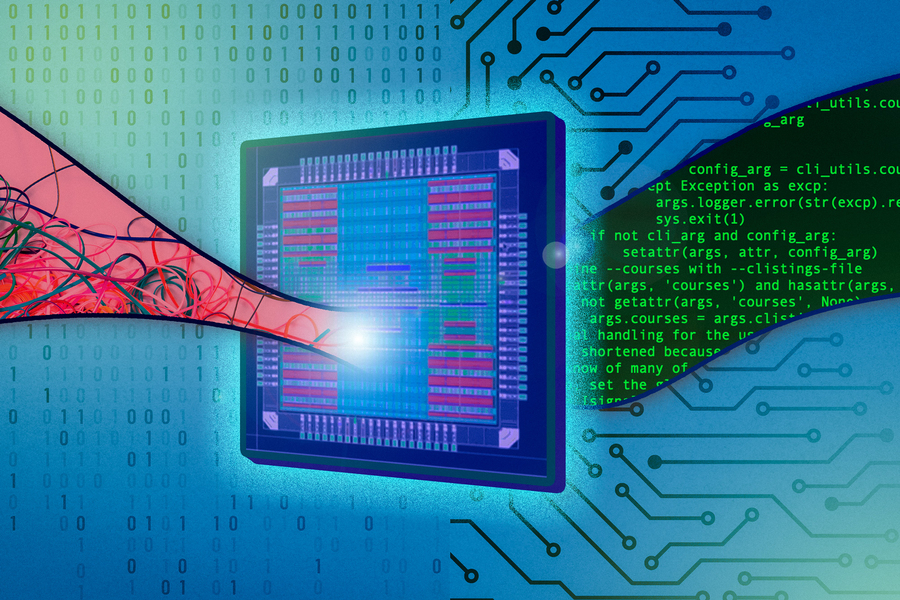
Data sent and received via the Internet, such as e-mails and YouTube videos, cannot avoid noise mixing due to interference during transmission. A research team at the MIT Institute of Technology has succeeded in developing a new decoder that can efficiently perform such noise removal processing.
Files such as document files, image files, music files, and video files exist in various forms. In short, even for video files, various codecs such as H.264 and AVI exist. A separate decoder is prepared for this file, but according to MIT, it may be necessary to develop dedicated hardware for each decoder in that the algorithm used for the decoder is complex. The research team set out to develop a decoder and hardware that support all kinds of files.
It is a hardware decoder adopting the universal decoding algorithm GRAND (Guessing Random Additive Noise Decoding) announced this time. Usually, the decoding algorithm analyzes the received file to determine the file format and then starts decoding, but GRAND uses a method to quickly determine the file format by checking the parts that are prone to noise by file format. Regarding this technology, the research team explains that by applying the GRAND feature to automobile repair, no one intentionally uses the blueprint when repairing a working vehicle, and explains that they first check the remaining amount of gasoline and then check whether the battery is low.
In addition, the newly developed hardware decoder chip adopts a three-layer structure, which analyzes a simple noise pattern in one layer and analyzes a complex noise pattern in the other two layers. This layer works independently, contributing to improved power efficiency. Also, in the empirical experiment conducted by the research team, the performance of the chip employing GRAND is indicated by being able to decode a 128MB file in microseconds.
The research team aims to improve the decoding efficiency in fields such as 5G networks and the Internet of Things by increasing the file size of GRAND and optimizing the chip structure to improve power efficiency. Related information can be found here.

